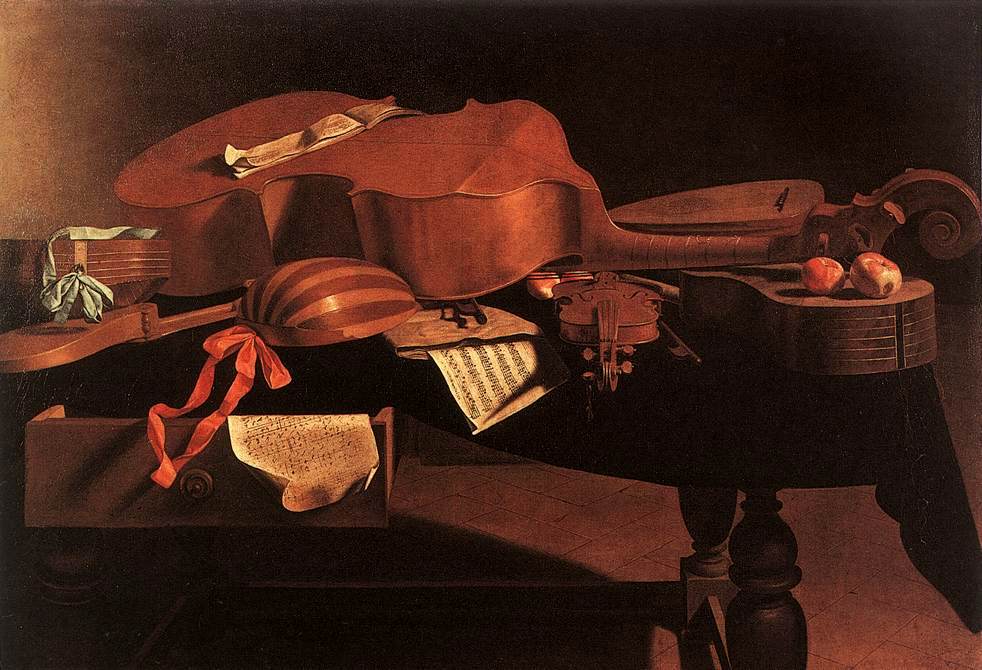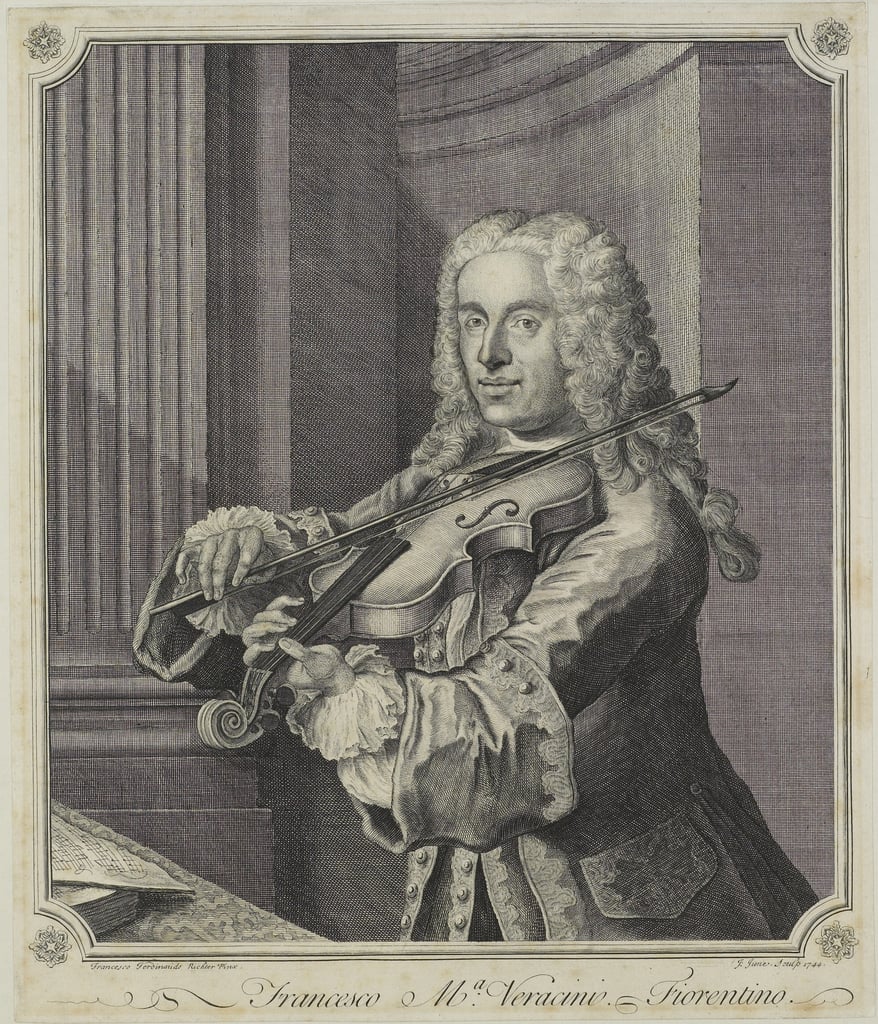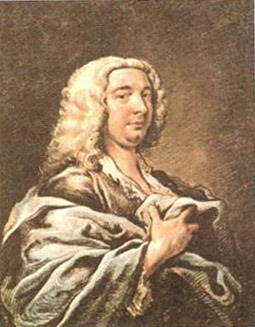|
List Of Classical Violinists
This is a list of notable classical violinists from the Baroque music, baroque era to the 21st century. For a more comprehensive list of contemporary classical violinists, see List of contemporary classical violinists. Baroque era * Christian Heinrich Aschenbrenner (1654–1732) * Johann Sebastian Bach (1685–1750) * Thomas Baltzar (c. 1630–1663) * Heinrich Ignaz Franz Biber (1644–1704) * Pasquale Bini (1716–1770) * Arcangelo Corelli (1653–1713) * Evaristo Felice Dall'Abaco (1675–1742) * Matthew Dubourg (1707–1767) * André-Joseph Exaudet (1710–1762) * Carlo Farina (1600–1640) * Francesco Geminiani (1687–1762) * Louis-Gabriel Guillemain (1705–1770) * Jean-Marie Leclair (1697–1764) * Pietro Locatelli (1695–1764) * Jean-Baptiste Lully (1632–1687) * Francesco Manfredini (1684–1762) * Nicola Matteis (1670–1714) * Davis Mell (1604–1662) * Jean-Joseph de Mondonville (1711–1772) * Giovanni Battista Pergolesi (1710-1736) * Johann Georg Pisendel (1687– ... [...More Info...] [...Related Items...] OR: [Wikipedia] [Google] [Baidu] |
Baroque Music
Baroque music ( or ) refers to the period or dominant style of Classical music, Western classical music composed from about 1600 to 1750. The Baroque style followed the Renaissance music, Renaissance period, and was followed in turn by the Classical period (music), Classical period after a short transition (the Galant music, galant style). The Baroque period is divided into three major phases: early, middle, and late. Overlapping in time, they are conventionally dated from 1580 to 1650, from 1630 to 1700, and from 1680 to 1750. Baroque music forms a major portion of the "Western art music, classical music" Western canon, canon, and continues to be widely studied, performed, and listened to. The term "baroque" comes from the Portuguese word ''barroco'', meaning "baroque pearl, misshapen pearl". Key List of Baroque composers, composers of the Baroque era include Johann Sebastian Bach, Antonio Vivaldi, George Frideric Handel, Georg Philipp Telemann, Domenico Scarlatti, Claudio Monte ... [...More Info...] [...Related Items...] OR: [Wikipedia] [Google] [Baidu] |
Francesco Manfredini
Francesco Onofrio Manfredini (22 June 1684 – 6 October 1762) was an Italian Baroque composer, violinist, and church musician. He was born at Pistoia to a trombonist. In Bologna, then a part of the Papal States, he studied violin with Giuseppe Torelli, a leading figure in the development of the ''concerto grosso''. Manfredini also took instruction in composition from Giacomo Antonio Perti, ''maestro di cappella'' of the Basilica of San Petronio from 1696 when the orchestra was temporarily disbanded. Much of his music is presumed to have been destroyed after his death; only 43 published works and a handful of manuscripts are known. To quote his Naxos biography, "His groups of Concerti Grossi and Sinfonias show a highly accomplished composer, well versed in the mainstream Italian school of composition". Career Although he composed oratorios, only his secular works remain in the repertoire. A contemporary of Johann Sebastian Bach and Antonio Vivaldi, his extant work shows the in ... [...More Info...] [...Related Items...] OR: [Wikipedia] [Google] [Baidu] |
Tomaso Antonio Vitali
Tomaso Antonio Vitali (7 March 1663 – 9 May 1745) was an Italian composer and violinist of the mid to late Baroque music, Baroque era. The eldest son of Giovanni Battista Vitali, he is chiefly known for a Chaconne in G minor for violin and Figured bass#Basso continuo, continuo, to which he is traditionally attributed as the composer. The work was published from a manuscript in the Sächsische Landesbibliothek in Dresden in ''Die Hoch Schule des Violinspiels'' (1867) edited by German violinist Ferdinand David (musician), Ferdinand David. That work's wide-ranging modulation (music), modulations into distant key signature, keys have raised speculation that it could not be a genuine Baroque work, while the lack of similarities to other works by Vitali have made modern scholars cast serious doubts on the attribution. Biography Vitali was born in Bologna on 7 March 1663; his father was the noted composer and violinist Giovanni Battista Vitali. He studied composition in Modena with An ... [...More Info...] [...Related Items...] OR: [Wikipedia] [Google] [Baidu] |
Giovanni Battista Vitali
Giovanni Battista Vitali (18 February 1632 – 12 October 1692) was an Italian composer and violone player. Life and career Vitali was born in Bologna and spent all of his life in the Emilian region, moving to Modena in 1674. His teacher in his early years was probably Maurizio Cazzati (1616–1678), ''maestro di cappella'' at the main church in Bologna, San Petronio Basilica from 1657 to 1671. The first documented evidence of Vitali’s musical activities appears in the records of the San Petronio orchestra for 1658, when he is listed under the title ‘Violoni’,. referring to the cello/bass instrument that he played (to be discussed below). Vitali remained in the orchestra until 1673, when he took up an appointment as ''maestro di cappella'' at the chapel of the Confraternità del Rosario, Bologna. His first publication, Opus 1 (1666), tells us that he was a member of the ''Accademia dei Filaschisi''. This musical institution, which had been established in 1633, disband ... [...More Info...] [...Related Items...] OR: [Wikipedia] [Google] [Baidu] |
Francesco Maria Veracini
Francesco Maria Veracini (1 February 1690 – 31 October 1768) was an Italian composer and violinist, perhaps best known for his sets of violin sonatas. As a composer, according to Manfred Bukofzer, "His individual, if not subjective, style has no precedent in baroque music and clearly heralds the end of the entire era", while Luigi Torchi maintained that "he rescued the imperiled music of the eighteenth century", His contemporary, Charles Burney, held that "he had certainly a great share of whim and caprice, but he built his freaks on a good foundation, being an excellent contrapuntist". The asteroid 10875 Veracini was named after him. Life Francesco Maria Veracini was born at about 8:00 a.m. on 1 February 1690 in the family house on the via Palazzuolo, parish of San Salvatore, Ognissanti, Florence. The second and only surviving son of Agostino Veracini, a pharmacist and undertaker (and ironically one of the few Veracinis who was not a violinist, even as an amateur), ... [...More Info...] [...Related Items...] OR: [Wikipedia] [Google] [Baidu] |
Giuseppe Torelli
Giuseppe Torelli (22 April 1658 Verona – 8 February 1709) was an Italian violinist, teacher and composer of the middle Baroque era. Brother of the painter Felice Torelli, he is most remembered for contributing to the development of the concerto, especially the solo concerto, and for his music for string instruments and trumpet. Life Torelli was born in Verona. It is not known with whom he studied violin, although it has been speculated that he was a pupil of Leonardo Brugnoli or Bartolomeo Laurenti, but it is certain that he studied composition with Giacomo Antonio Perti. On 27 June 1684, at the age of 26, he became a member of the Accademia Filarmonica as ''suonatore di violino''. He was employed as a viola player at the San Petronio basilica beginning in 1686, where he stayed until 1695. or January 1696. when the orchestra was discontinued because of financial constraints. On 1687 Giuseppe Corsi da Celano played Torelli's music, from Op. 3, in Parma at the Sanctuary of ... [...More Info...] [...Related Items...] OR: [Wikipedia] [Google] [Baidu] |
Carlo Tessarini
Carlo Tessarini (1690 – after 15 December 1766), was an Italian composer and violinist in the late Baroque era. Tessarini was born 1690 in Rimini and died in Amsterdam, Netherlands , Terminology of the Low Countries, informally Holland, is a country in Northwestern Europe, with Caribbean Netherlands, overseas territories in the Caribbean. It is the largest of the four constituent countries of the Kingdom of the Nether ... aged 76. Works The publications authorized by the composer are indicated in bold font: *op. 1 ''12 Concerti a cinque'' (London, 1724) *op. 1 ''12 Sonate a violino e basso'' (Venice, 1729) *op. 2 ''12 Sonate a flauto traversie e basso continuo'' (Amsterdam, 1732) (arrangement of the violin sonatas op. 1) *op. 2 ''Il Maestro e Discepolo, 6 Divertimenti da Camera a due violini'' (Urbino, 1734) *op. 3 ''10 Concerti a più strumenti con violino obbligato'' (Amsterdam, 1732) *op. 3 ''12 Sonate a Violino e Violone o Cembalo'' (Amsterdam, c.1736) *op. ... [...More Info...] [...Related Items...] OR: [Wikipedia] [Google] [Baidu] |
Giuseppe Tartini
Giuseppe Tartini (8 April 1692 – 26 February 1770) was an Italian composer and violinist of the Baroque era born in Pirano in the Republic of Venice (now Piran, Slovenia). Tartini was a prolific composer, composing over a hundred pieces for the violin, the majority of them violin concertos. He is best remembered for his Violin Sonata in G Minor (the Devil's Trill Sonata). Early life Tartini was born on 8 April 1692 in Pirano (today part of Slovenia), a town on the peninsula of Istria, in the Republic of Venice to Gianantonio – native of Florence – and Caterina Zangrando, a descendant of one of the oldest aristocratic Piranese families. It appears Tartini's parents intended him to become a Franciscan friar and, in this way, he received basic musical training. Tartini studied violin first at the ''collegio delle Scuole Pie'' in Capodistria (today Koper). He studied law at the University of Padua, where he became skilled at Fencing (sport), fencing. After his father's death ... [...More Info...] [...Related Items...] OR: [Wikipedia] [Google] [Baidu] |
Giovanni Battista Somis
Giovanni Battista Somis (December 25, 1686 – August 14, 1763) was an Italian violinist and composer of the Baroque music era. He studied under Arcangelo Corelli between 1703 and 1706 or 1707. He was later appointed solo violinist to the king at Turin and leader of the royal band, and seems scarcely ever to have left Turin after these appointments. A trip to Paris in 1731 to play at the Concert Spirituel produced a report in the April 1733 ''Le Mercure'' praising his playing. He published eight opus numbers in all: *Opus 1 - 12 sonatas for violin and figured bass (1717 Amsterdam, published by J. Roger) *Opus 2 - 12 sonatas for violin and figured bass (1723 Turin) *Opus 3 - 12 sonatas for violin and figured bass (1725 Turin) *Opus 4 - 12 sonatas for violin and figured bass (1726 Paris) *Opus 5 - 6 trio sonatas for two violins and figured bass (1733 Paris, published by Boisvin) *Opus 6 - 12 sonatas for violin and figured bass (1734 Paris) *Opus 7 - "Ideali trattimenti ... [...More Info...] [...Related Items...] OR: [Wikipedia] [Google] [Baidu] |
Johann Heinrich Schmelzer
Johann Heinrich Schmelzer (c. 1620–1623between 29 February and 20 March 1680) was an Austrian composer and violinist of the middle Baroque era. Almost nothing is known about his early years, but he seems to have arrived in Vienna during the 1630s, and remained composer and musician at the Habsburg court for the rest of his life. He enjoyed a close relationship with Emperor Leopold I, was ennobled by him, and rose to the rank of ''Kapellmeister'' in 1679. He died during a plague epidemic only months after getting the position. Schmelzer was one of the most important violinists of the period, and an important influence on later German and Austrian composers for violin. He made substantial contributions to the development of violin technique and promoted the use and development of sonata and suite forms in Austria and South Germany. He was the leading Austrian composer of his generation, and an influence on Heinrich Ignaz Biber. Biography Schmelzer was born in Scheibbs, Lower Au ... [...More Info...] [...Related Items...] OR: [Wikipedia] [Google] [Baidu] |
Johann Georg Pisendel
Johann Georg Pisendel ( – 25 November 1755) was a German Baroque violinist and composer who, for many years, led the Court Orchestra in Dresden as concertmaster, then the finest instrumental ensemble in Europe. He was the leading violinist of his time, and composers such as Tomaso Albinoni, Georg Philipp Telemann and Antonio Vivaldi all dedicated violin compositions to him. Life Pisendel was born in Cadolzburg, a small town near Nuremberg, where his father Simon Pisendel was the cantor and organist. At the age of nine, Johann Georg became a choirboy at the court chapel of Ansbach, where the singer Francesco Antonio Pistocchi was music director, and violinist and composer Giuseppe Torelli was concert master. It is thought that Pisendel studied voice with Pistocchi and the violin with Torelli. After his voice broke, Pisendel went on to play the violin in the Court Orchestra in 1704. In 1709, he left Dresden for Leipzig to further his musical studies. On the way to Leipzig, ... [...More Info...] [...Related Items...] OR: [Wikipedia] [Google] [Baidu] |
Giovanni Battista Pergolesi
Giovanni Battista Draghi (; 4 January 1710 – 16 or 17 March 1736), usually referred to as Giovanni Battista Pergolesi (), was an Italian Baroque composer, violinist, and organist, leading exponent of the Baroque; he is considered one of the greatest Italian musicians of the first half of the 18th century and one of the most important representatives of the Neapolitan school. Despite his short life and few years of activity (he died of tuberculosis at the age of 26), he managed to create works of high artistic value and historical importance, such as ''La serva padrona'' (''The Maid Turned Mistress''), which played an important role in the development and diffusion of the opera buffa in Europe, and '' L'Olimpiade'', considered one of the best of the opera seria of the first half of the 18th century, and the '' Stabat Mater'', among the most important works of sacred music of all time. Biography Born in Jesi in what is now the Province of Ancona (but was then part of the Papa ... [...More Info...] [...Related Items...] OR: [Wikipedia] [Google] [Baidu] |






